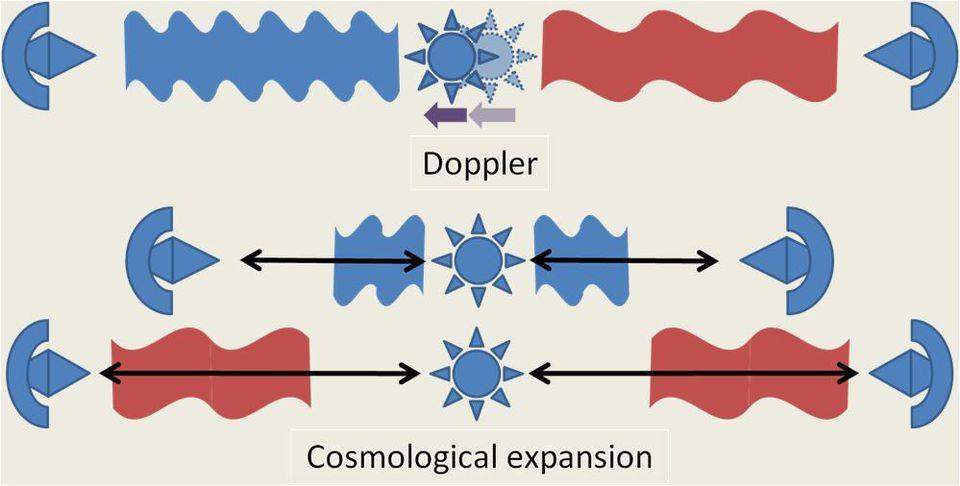As i first thought that another universe BB would have blue shifts (heading towards us)
Let not forget that balloon A has everything red shifted in it so anything in balloon B will also be Red shifted because Balloon A is expanding itself.
Light from the edge of balloon B simply has been traveling 45 Bly into our red shifted expanding BB universe.
We do get into a limit of how fast light can catch up to expansion, about 1.9999 x the speed of light and light never catches up so everything beyond that red shift is invisible to us.
Hard to say what exists at the edge of the BB or if it has an edge at all.
It breaking the C speed law at it's beginning has 3 possibilities.
It doesn't exist in reality since it never has a connection to time/space.
Or nature reeled it back to C speed and it looks very much like the rest of the BB universe and just thins out to nothing.
Or a globe of powerful Radiation traveling at C will continue until it runs into a neighbor BB, creates a new BB at that location at a giant Black hole state universe or bounces back to halt ours, or both.
Good fun to think about the possibilities of our BB just being 1.
Kind of like discovering the earth wasn't flat, but the universe might be

Flat Universe could simply be a trick of time/space showing neither really exist as we see them.
Could be flat because conception of size could be wrong.
Universe might be no more than a dot.




